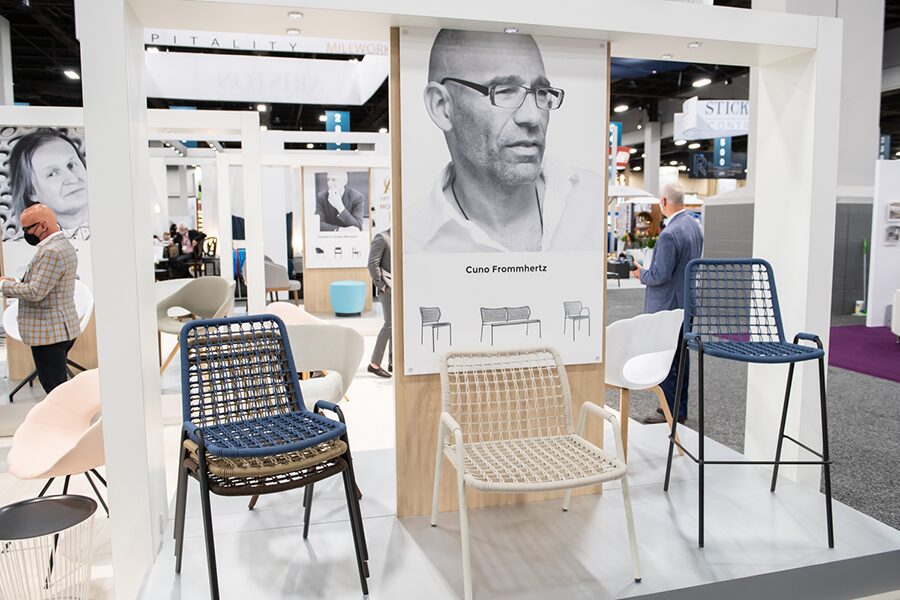U.S. hotel transaction volume for 2013 has already reached $8 billion, according to Jones Lang LaSalle’s Hotels & Hospitality Group. The current volume is a 50 percent increase compared to the same period in 2012.
Hotel deals for 2013 reflect a nearly 50-50 split between $4.3 billion single asset transactions and $3.7 billion portfolio sales. Resort investments have nearly doubled since 2012 and currently account for 25 percent of the total transaction volume.
“Hotel transactions thus far in 2013 have outpaced levels recorded during the same prior-year period, driven partly by two mega portfolio sales in excess of $1 billion each,” says Art Adler, Americas CEO of Jones Lang LaSalle’s Hotels & Hospitality Group. “We anticipate that by year end, U.S. transaction volume will reach $17.5 billion, marking a 10 percent increase over 2012.”
While international gateway markets dominated deal volumes in previous years, the first half of 2013 witnessed a significant shift in the location of activity. While New York, San Diego, Washington, DC, Miami, and San Francisco maintained their active positions for hotel trades, secondary and previously unranked markets dominated the other six spots on the list of U.S. top 10 markets for hotel investment.
Following New York as a top market for hotel investment, Atlanta, New Orleans, and Houston have emerged as core locations. Foreign capital drove Atlanta’s deal volume, which totaled $400 million during the first five months of 2013. Consistently ranking among the top five convention center markets in the country, the city witnessed nearly 10 percent RevPAR growth year-to-date in April.
REITs in New Orleans accounted for 80 percent of the $345 million in purchases during the first five months of 2013. The market remains among the strongest-performing in the U.S., with 10 percent RevPAR growth in the first five months of the year over the same period last year.
Houston ranks No. 9 with the third-highest national growth rate among the country’s largest lodging markets in 2012. Hotel trades in the city totaled $155 million year-to-date.
Given the increased amount of product on the market in secondary cities, the most active investor groups thus far have been private equity funds, which accounted for 35 percent of acquisitions. Public REITs and sovereign wealth funds each accounted for 21 percent.


